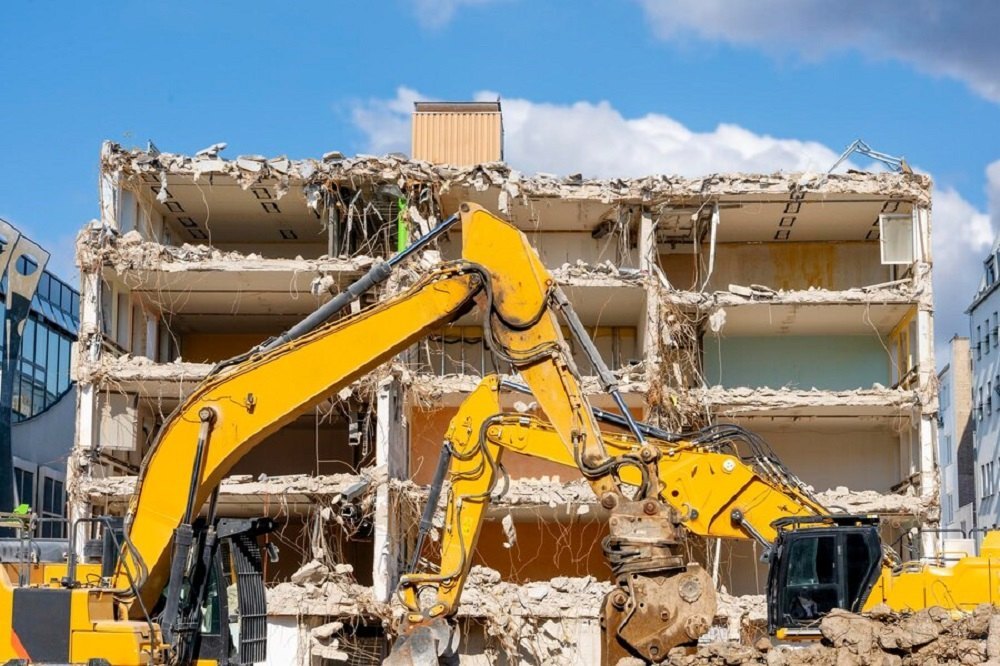
As a reputable demolition company situated on Long Island, the challenge of optimizing space and maintaining organization within dumpsters during cleanouts is critical for operational efficiency, waste management, and regulatory compliance. This case study elucidates the strategies employed by Demolition company long island to address this challenge, promoting effective waste disposal, recycling, and safe work practices.
Challenges Faced:
- Limited space within dumpsters for accommodating diverse types of waste materials.
- Ensuring efficient waste segregation and recycling efforts.
- Compliance with local waste disposal regulations and safety standards.
Strategies Implemented:
- Segregation and Categorization:
Prioritizing the sorting and segregation of materials to facilitate recycling efforts and optimize space within the dumpsters.
Utilizing separate containers within the dumpsters for different types of materials, ensuring efficient organization and ease of disposal.
- Compact and Flatten:
Effectively compacting and flattening materials to create additional space within the dumpsters.
Disassembling large items to maximize space and prevent unnecessary wastage of vertical space.

- Efficient Loading and Packing:
Strategically loading the dumpsters to ensure stable transportation and maximize available space.
Stack materials strategically to utilize vertical space efficiently.
- Utilize Dumpster Accessories:
Incorporating hooks, brackets, and temporary shelves within the dumpsters to facilitate better organization and space utilization.
- Regular Maintenance and Monitoring:
Implementing periodic consolidation of waste and monitoring the fill levels of the dumpsters to optimize space.
Making necessary adjustments to the loading and organization strategy as the cleanout progresses.
- Recycling and Disposal Plan:
Establishing a clear plan for recycling and disposal of materials to ensure compliance with waste management regulations and minimize non-essential waste.
- Safety and Compliance:
Prioritizing adherence to local waste disposal regulations and safety guidelines to maintain a safe and organized work environment.
Results and Impact: By implementing these strategies, our company has successfully maximized space and maintained organization within dumpsters during cleanouts. This has resulted in:
- Optimized waste disposal and recycling efforts, leading to environmental sustainability.
- Enhanced operational efficiency, with reduced time and resources spent on waste management.
- Compliance with local regulations, ensuring a responsible approach to waste disposal and recycling for a safer and cleaner community.
Bottom Line
The optimization of space and organization within dumpsters during cleanouts presents long-term benefits for our demolition company, contributing to efficient waste management, environmental responsibility, and operational excellence. These strategies demonstrate demolition company long islandcommitment to sustainable practices, safety, and compliance with waste disposal regulations.





